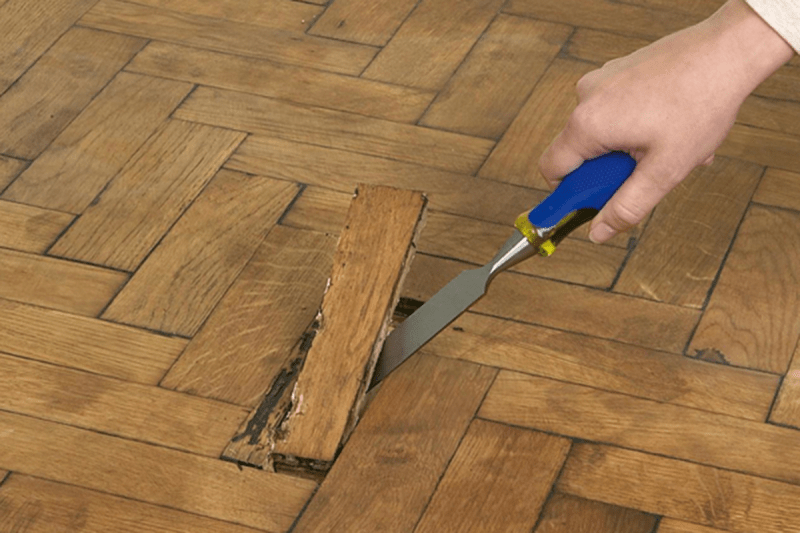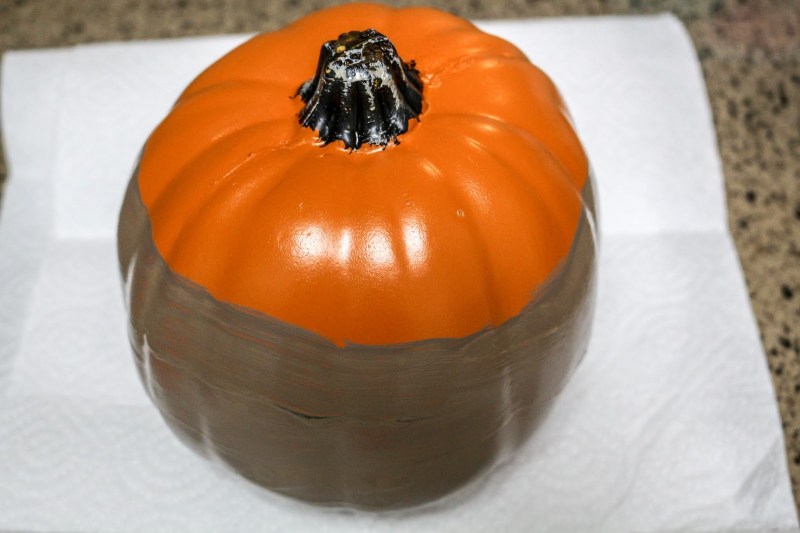Hardwood Flooring Repair – Cleaning hardwood floors requires a little elbow grease, but it’s worth it. Hardwood floors add value to your home and provide a classic look that goes with any style.
Whether you are renovating an old home or looking for a way to improve your current home, refinishing hardwood floors is a great way to give a space a new look. Assess the damage to your floor. If you only have small, bumpy scratches or nicks, you may be able to patch and apply a new coat of paint. But even if your floors need a complete overhaul, refinishing hardwood is a very manageable and rewarding job that can save you a lot of money.
Hardwood Flooring Repair

Refinishing hardwood floors will enhance any room and is a great way to give a space a new look.
Refinishing Our 100 Year Old Oak Floors — The Gold Hive
Generally, professionals will charge between $3 and $4 per square foot to fill the floor. For a 2,000 square foot home, that could mean a bill of up to $8,000. An entire 2,000-square-foot home can be completed in about four days for about $700. Are you ready to start a project? Follow these steps to restore your wood floor with a professional quality product.

Remove all furniture, window treatments and carpets. Cover the vents and electrical box with masking tape to prevent dust from entering the piping (Figure 1) and electrical work. If you are cleaning only one room, you can use plastic sheeting to cover the door. Using a pry bar, gently remove the base plate (Figure 2). You can remove a small part of the quarter turn and leave the rest of the base plates in place.
Prepare the room by covering ventilation and electrical boxes with masking tape to prevent dust from entering ductwork and electrical work.

Engineered Hardwood Floor Peeling
Check the floor for larger holes or cracks and repair them with wood putty and putty. If your floor is badly damaged, it is better to use a trowel, a thin wood putty that will spread and cover a large area (Figure 1). You apply this with a large putty. However, if your floor is less damaged, use wood sealant in each area (Figure 2). Allow the filler to dry completely. Wipe the floor with a damp cloth to remove all dirt and dust. Allow to dry completely before spraying (Figure 3).
If your floor is badly damaged, it is better to use a trowel, a thinner wood putty that spreads and covers a large area.

Wipe the floor with a damp cloth to remove all dirt and dust. Allow to dry completely before assembly.
Refinishing Our White Oak Floors — The Hardwood Co
You will use a drum sander rented from a home improvement store for this step. A drum sander can be difficult to work with – it can be difficult to control and can damage your floor if used incorrectly. Get quick tips and advice on renting equipment. Then wash a large piece of plywood until you feel comfortable. When the motorcycle starts, it starts to slowly move forward. Turn on the grinder while moving and turn it off before stopping (Figure 1). Wear a mask and eye protection.

Start sanding with 40-grit sandpaper. This is a very coarse paper that will handle removing scratches, nicks, and old finishes, but will leave a rough finish. Go with the grain of the tree and work in 3 to 4 meter sections. Continue moving across the floor at a slow, steady pace; Stopping can leave permanent marks on your floor. Match the numbers on the board. Each piece of paper is good for 20 square meters. Check the sandpaper regularly and replace it as soon as it looks worn. In addition, regularly remove the dust bag from the sander. It will be more effective if you hold it less than halfway.
Because the drum sander is large and heavy, you must use a different sander for the edges of the room. Use the same sandpaper as the edge sander to get right up to the wall (Figure 2). Sand with 40-grit sandpaper until the surface color is completely uniform.

Custom Hardwood Flooring Installation & Refinishing
Repeat the process using 60, 80 and then 120 grit paper on the drum sander and edges. Each round of sanding will reveal a smoother surface with holes or cracks that have been repaired with the floor (Figure 3). Remove and wipe dust from the floor between each step. By using the right glossy paper, you can achieve the professional quality you want.
Because the drum sander is large and heavy, you must use a different sander for the edges of the room.
:no_upscale()/cdn.vox-cdn.com/uploads/chorus_asset/file/19617432/mark_mortise.jpg?strip=all)
Each round of sanding reveals a smoother surface with any holes or cracks that have been repaired with the floor.
Vintage Hardwood Floors
Sanding the floor removes small traces of sand and provides a completely smooth surface. Some people rent an industrial floor buffer for this step, but another great option is the rod sander pictured. Using a rod grinder takes more time, but it is easier to use than a damping device and is cheaper. Using 120-grit sandpaper, sand each board, going back and forth with the grain.

At this point, you need to make sure that your floors and rooms are completely clean. Sand, hair or small dirt will affect your surface. Wipe down the walls to prevent dust from falling onto the floor after your finish has dried. Use a workshop vacuum cleaner with a brush head to thoroughly clean the floor and then remove the residue with a damp cloth (Figure 1).
To make the stain penetrate the same wood, use a technique called “water popping.” Mix a solution of one part denatured alcohol with two parts water. Spray the floor using the pump so that the floor is completely covered (Figure 2). Use a cloth or mop to distribute the solution (Figure 3). This will cause the wood grain to stand up and take the stain better. Allow the surface to dry for 30 minutes.

Guide To Hardwood Floor Refinishing And Repair
Mix a solution of one part denatured alcohol with two parts water. Spraying the floor with a pump that completely covers the ground
The bare floor is ready for stain or sealing. If you want to change the color of the wood, stain it. Choose the oil stain of your choice.

Make sure your area is well ventilated and wear a mask. Stains and other finishing products emit harmful fumes. Use a lamb’s wool applicator or a paint sponge. Since you removed the mold in the first step, you don’t have to worry about cutting around the edges of the floor. Dip a sponge or cloth into the stain and squeeze out the excess liquid. Work from the far corner of the room to the door to avoid stepping on a new stain. Apply in the same direction as the grain in sections of 3 to 4 meters at a time. Do not let the stain soak into the floor. Remove excess stains from the floor before moving on to the next area. Try not to let the edges dry out. Pay attention to where each part meets the next and use the sponge to blend those lines.
Ryno Custom Flooring Inc.
Once the entire floor is stained, allow it to dry completely (usually at least 24 hours). You may need to apply a second coat in the same manner to achieve the desired color.

If you want to change the color of the wood, stain it. Choose the oil stain of your choice.
When the stain is dry or if you skip the stain, finish sealing the floor. Sealing protects the floor from water damage, scratches and dents and adds gloss and shine to enhance the beauty of the wood.

Northern Va Hardwood Floor Refinishing Service Free Estimate
Polyurethane sealants are probably the most popular hardwood sealants and are available in water- or oil-based products. Because polyurethane sits on top of hardwood (doesn’t sink), it provides good protection against water and scratches and requires little maintenance. It comes in various finishes from glossy to matte. When using polyurethane, especially oil-based polyurethane, make sure your area is well ventilated and wear a mask.
Check the floor for hair and dust using a vacuum cleaner and gluing. Then apply the polyurethane using a soft sponge roller (Figure 1). You may need to use a brush around the edges of the room. Work in small batches with wood grain. Polyurethane requires several layers. Allow the product to dry completely between coats (see manufacturer’s instructions for drying time) and apply the floor between each coat. This can be done with a leveling machine or by hand using a fine steel wool pad No. 2 (Figure 2). More layers equals more protection. Work in the far corner of the room towards the door so you don’t get “trapped” in the room. Let the putty dry and

Hardwood flooring service, hardwood flooring repair near me, repair hardwood flooring, hardwood flooring, hardwood flooring company, hardwood flooring contractor, hardwood flooring scratch repair, hardwood flooring near me, how to repair hardwood flooring, hardwood flooring epoxy repair kit, purchase hardwood flooring, engineered hardwood flooring repair


